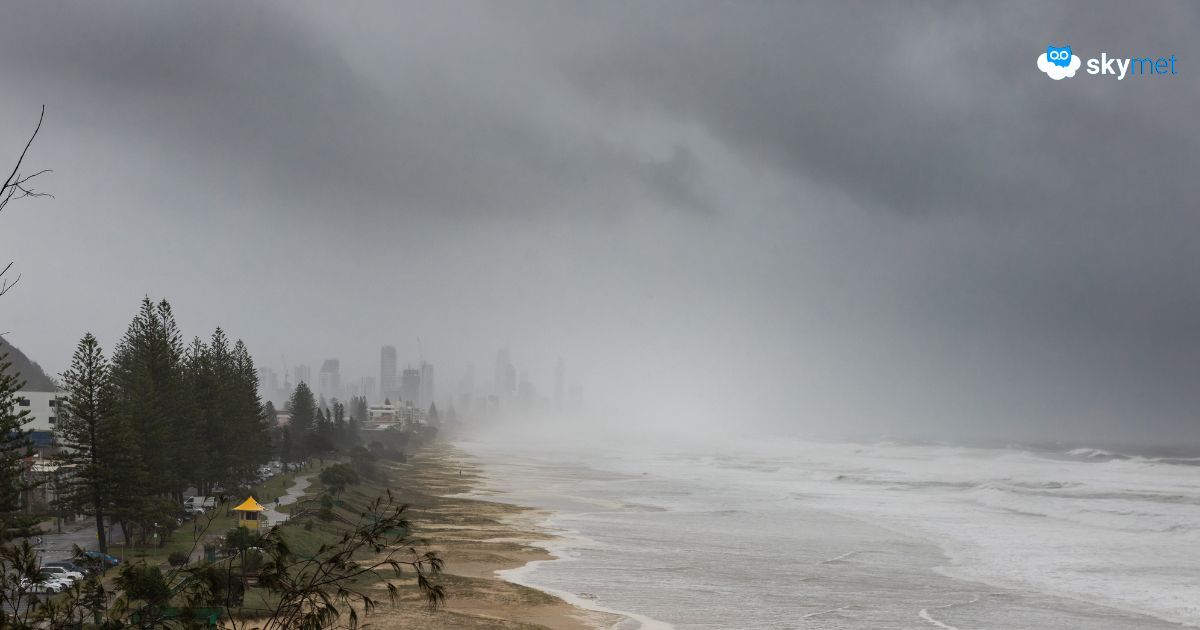Global warming seems to be modifying the ENSO-Monsoon relationship. The frequency, intensity, and duration of different phases of ENSO are changing and becoming difficult to predict. The ENSO cycle itself is altered and no longer follows the historic trend of evolving in Apr–Jun, lasting for 9–12 months, and peaking during Oct–Feb.
The El Niño–Southern Oscillation affects interannual variability throughout the tropics through changes in the Walker Circulation. Studies have revealed a significant correlation between ENSO and tropical circulation and precipitation, such that there is a tendency for less Indian Summer Monsoon Rainfall (ISMR) in El Niño years and above-normal rainfall in La Niña years. Recent analysis has revealed that the correlation between ENSO and ISMR has decreased, and some logical factors have been considered responsible. With respect to global warming, one hypothesis is that the Walker Circulation accompanying ENSO has shifted southeastward, reducing downward motion in the Indian monsoon region. This feature had earlier suppressed rainfall in El Niño years but now produces somewhat normal precipitation and precludes drought. As per another study, the increase in the temperature of the Eurasian continent in the winter–spring season has built up the temperature differential between ocean and continent, resulting in more rainfall even during the occurrence of El Niño. Another scientific paper corroborates that while the impact of La Niña does not change, the influence of El Niño on the monsoon becomes small, suggesting the possibility of asymmetric behavior in the changes in the ENSO-Monsoon relationship.

ENSO: As of mid-June 2025, the equatorial Pacific remains in an ENSO-neutral state, with sea surface temperature in the Nino 3.4 region close to average. Both the atmosphere and ocean indicators continue to support ENSO-neutral conditions. The traditional and equatorial Southern Oscillation Index (SOI) for May 2025 was falling within the ENSO-neutral ranges. The trade winds in the lower levels and the resultant atmospheric convection were normal in the equatorial Pacific, consistent with typical ENSO-neutral conditions. The neutral conditions are expected to persist through the end of the forecast period.

The SST anomaly in the Nino 3.4 region during the Mar–May 2025 season was -0.03°C, and for May 2025, it was -0.04°C. The average for the first four weeks of June was -0.02°C, and the recent weekly average centered around 23rd June 2025 was 0.2°C. So, the latest seasonal, monthly, and weekly values suggest that the tropical Pacific has been experiencing ENSO-neutral conditions. Albeit, there has been a slight amount of warming all across the Nino region during the last one week.

IOD: The Indian Ocean Dipole is neutral. The latest value of the IOD index for the week ending 22 June 2025 was -0.12°C. The index has steadily decreased during May and June 2025 but remained within the neutral IOD range of ±0.4°C. The Bureau model predicts a neutral state of IOD until at least August, touching on the negative IOD threshold briefly before returning to neutral values. Negative IOD is possible during the fall of the year and early winters of the Northern Hemisphere. Skill for IOD forecast made at this time of the year has been historically low beyond two months ahead.

MJO: The ensemble GFS indicates rapid weakening of MJO. The pulse remains confined to the unit circle without much amplification. MJO may not support any cyclogenesis in the Indian seas. However, the coherency in its propagation leaves an outside chance of development of a tropical cyclone around the Philippines region and South China Sea.
The ENSO-Monsoon relationship can fluctuate due to natural variability. As a result of a future warming climate, the temperatures of the Pacific Ocean, both surface and sub-surface, may undergo change. It may even trigger a future weakening of the ENSO-Monsoon relationship.













